2020 Duotone Jaime & Textreme Review
Today I will review the Duotone Jamie Textreme twintip, going over its strengths and weaknesses, and explain why it’s been my board of choice for the past three years.
This June, Hilary, Rygo and I went to Bolonia, Spain for the Duotone distributor meeting and had the opportunity to try out the new 2020 gear. There we met Jaime Herraiz and Manu Manuel, the two masterminds behind my favorite board, and got to pick their brains about what goes into making this product so great.
First off, let me start by saying that this is not a board for everyone. However, if you like a fast, snappy, rocket ship of a board with massive amounts of pop, then this board is for you. If you are looking for a soft and slippery wakestyle board, then I would recommend a totally different board. The question is, which board is right for you and your riding style? Today, we will break it all down and dive into everything you need to know to pick the perfect board.
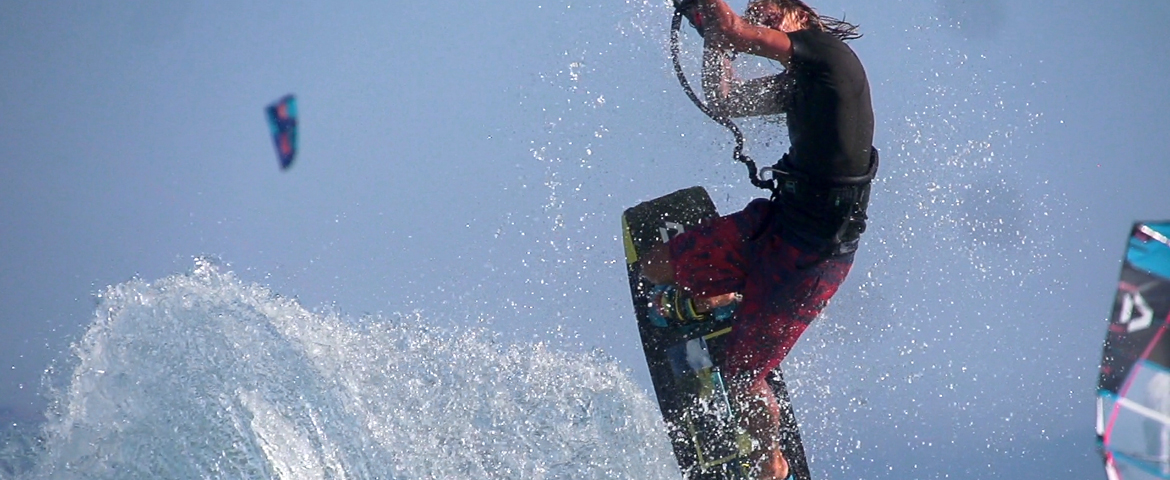
What’s New?
Honestly, Manu the board designer tried to not change it up too much this year. The Jaime Textreme was already so good that making any changes might have compromised its stellar performance. We learned that since surf foils released, Jaime has had little to do with the twintip development and focuses his energy more on foiling, surfing, and his many business endeavors. However, he is the name and legend behind this board and a true icon in our sport of kiteboarding.
This board is so precise and finely tuned that the smallest tweaks could have had a severe impact on the way it rides. While I was there, Manu had a selection of prototype Textremes that he was testing out. I got to ride them all. All the boards had the same graphics, so it was completely unbiased. The one I favored most was the 2020 deck that they haven’t changed. Sorry for the anticlimactic gear review here, but, if we are to be honest, it’s still just as good as it’s ever been, but with a new look to it. That being said, they did change a few things…
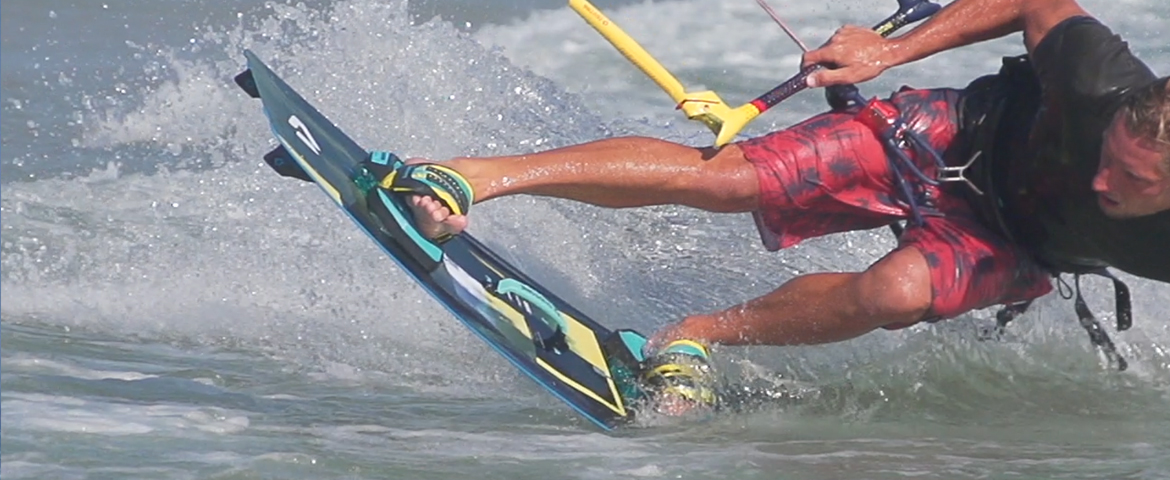
Construction
The shape, construction, and channels allow this Duotone board to easily generate the high speeds needed to get bigger air and the control needed to hold it down before and after landing. The biggest thing that shines on the Jaime? The smart design! It’s stiff where you need it to be, yet softer in the tips and tails to help absorb the chop. One of the features it boasts is the double diffuser bottom, which is what dampens and softens your landing. All this terminology is hard to keep up with, so let me break it down for you in simple terms.
Basically, what this bottom shape does is break the surface tension between the board and water, making for easy planing, fast speeds, and great control in all conditions. This bottom shape is why the Textreme performs so well in light winds, or rockets over chop at high speeds. It also contributes to its incredible pop and smooth landings. Another interesting takeaway is that Duotone has partnered up with Formula One and is using their precise tuning treatment to make this board all the more defined.

Conditions
This board is an all-around beast. It holds down strong gusty winds and chop and rips in flat water, yet gets up on plane in super light winds. It wouldn’t be classified as a light wind board, yet if you are looking for a high-performance freestyle twintip that can get you going in lighter conditions, this board will do the trick. The bottom shape that we just talked about and the extreme light weight of it are what make this board a light wind machine. Don’t replace your door board or foil with this, but there have been many days on the water where I am able to ride the Textreme while other people are struggling on their regular twintips with the same size or bigger kite. Keep in mind that I have a lot of experience in light wind riding and understand that is also a variable.
However, when I have given friends of mine this board when theirs is not doing the trick, it seems to always pull through. All in all, I would say this is the perfect all-around board for any conditions. A word of caution: Hilary has found it can be so fast that she feels out of control at times. She weighs almost nothing and tends to get overpowered easily, so that contributes to the fact that this is not her board of choice. For her, she prefers something a bit softer, not as stiff and fast, which is where I would recommend going with the regular Jaime.
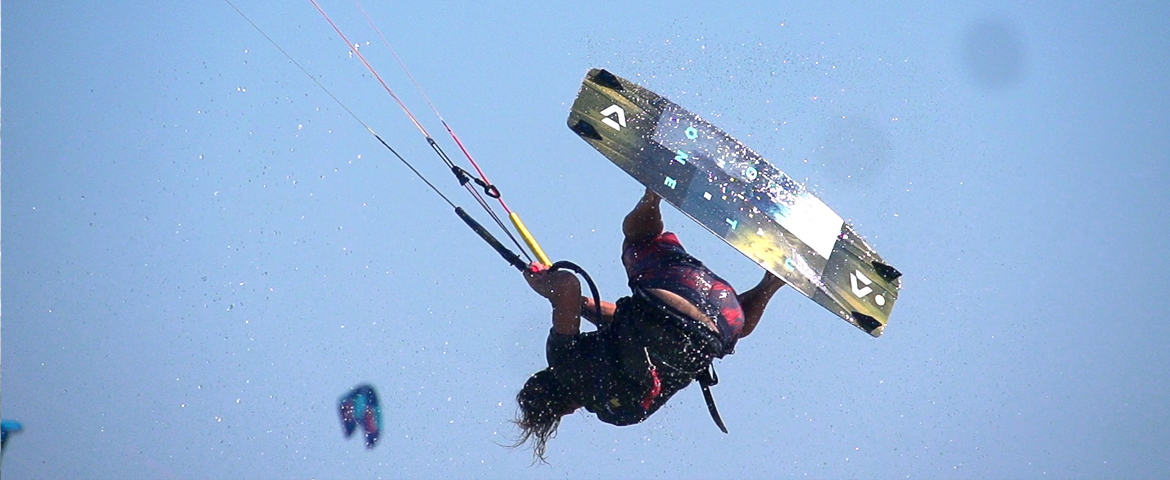
Jumping
The reason I love this board so much is that it is a big air and freestyle machine! As I have said in many of the Ride with Blake videos, the key to going big is speed and pop. This board is an absolute beast; when I put it on my feet I feel as though I can do anything. I’m sure many of you know that terrible feeling of trying a new board or kite that just doesn’t feel right or holds you back from your full potential on the water. This is not that board. The load and pop of this board, due to its stiff rails, medium flex, Textreme construction, and other magic ingredients, make the perfect recipe for the ultimate jumping board.
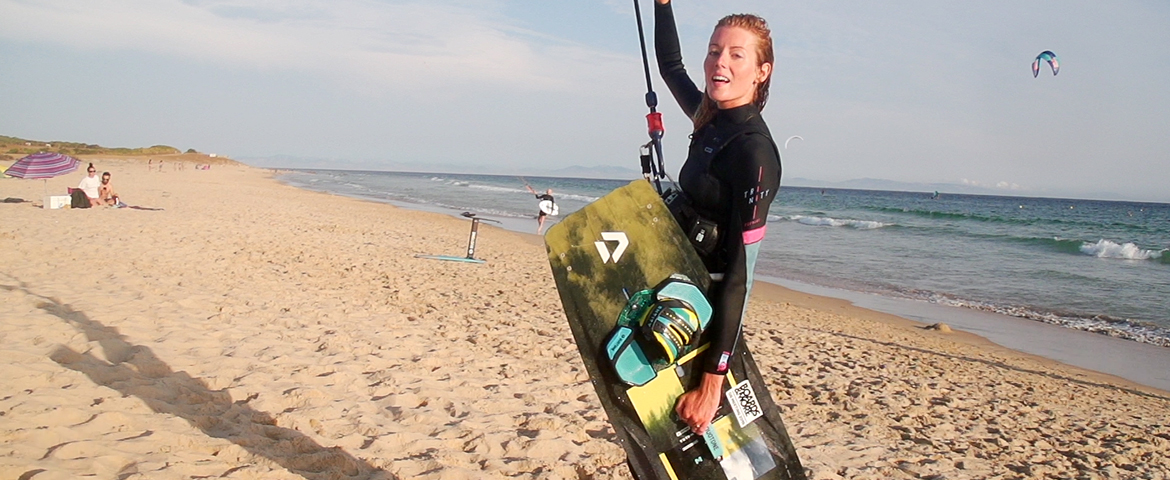
Freeride
This board is not an easy-on-the-knees, freeride, cruising board. If that is what you are looking for, I would recommend the Jaime, Select, or something much softer and not carbon. Still, I use this board in all conditions. It may be harder on the knees on a downwinder or after a long day of riding, but I prefer the pop and speed when I want it and will ride a foil when I want a break.
Remember, any board will get you on the water! Back in the day they would ride pickle-forks, water skis, or pocket boards, and that didn’t stop them from getting out on the water. These days we have so many options to choose from, with so much technology behind all of it, that it can be overwhelming. Here, we are trying to help make that decision easier by giving you the backstory behind the boards we sell and enjoy riding. Making these reviews is fun for me because I can share with you what I like and dislike. And this Jaime board series is something I really like. If I had to categorize myself as a kiter I would fall into the Old School/ Freeride category, someone who simply wants to have a fun, playful, yet precise board that is good at everything.
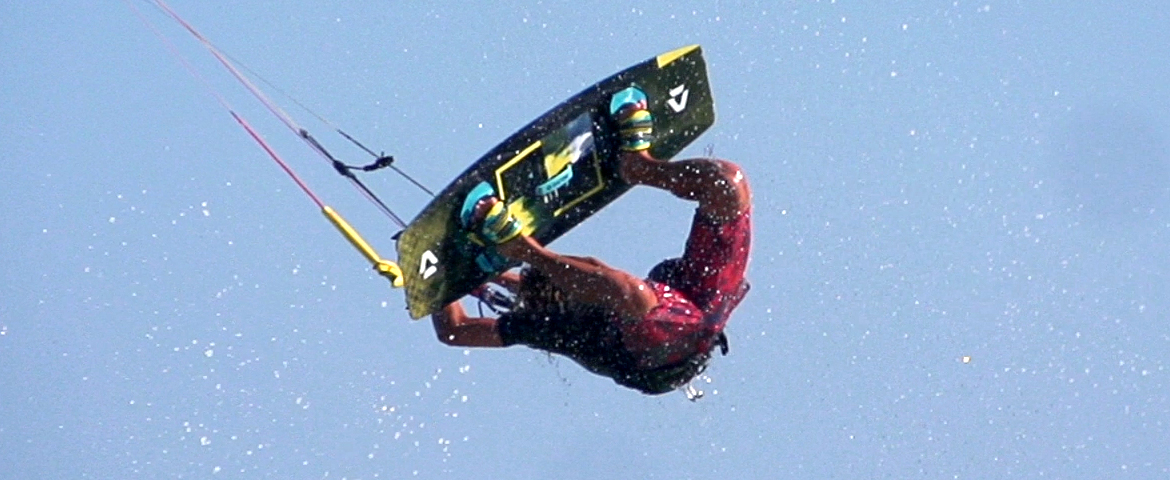
Sizing
Choosing the right size for this board is important and makes a huge difference in the comfort of your ride. A great example of this is when Hilary and I were living in Vietnam and the winds were 20-30mph on average with mad shore break and chop. She would ride my 142 Textreme and felt wildly out of control even with the proper size kite. The reason for this is a board with this technology and design is made specifically for the weight and size of certain riders. A 142 Textreme is designed specifically for a rider with an average weight of 200+ lbs or 90+ kg. I don’t weigh that much, but I enjoy a bigger board since I spent a lot of time in Florida riding lighter winds and like to have extra speed and pop. This year, however, I switched to a 139 and have been thoroughly enjoying it.
The smaller size is a bit lighter, easier for board-offs, and handles better in powered, choppy conditions. The smallest size is a 133, made for a rider weighing around 133 lbs or 60 kg. Even still, this board with its Textreme technology is not the perfect fit for a rider like Hilary. For her, I would recommend the Jaime, Soleil, or Select in the smallest size. There are so many great boards out there that it’s important to pick the right ride for you, your style, and riding conditions.
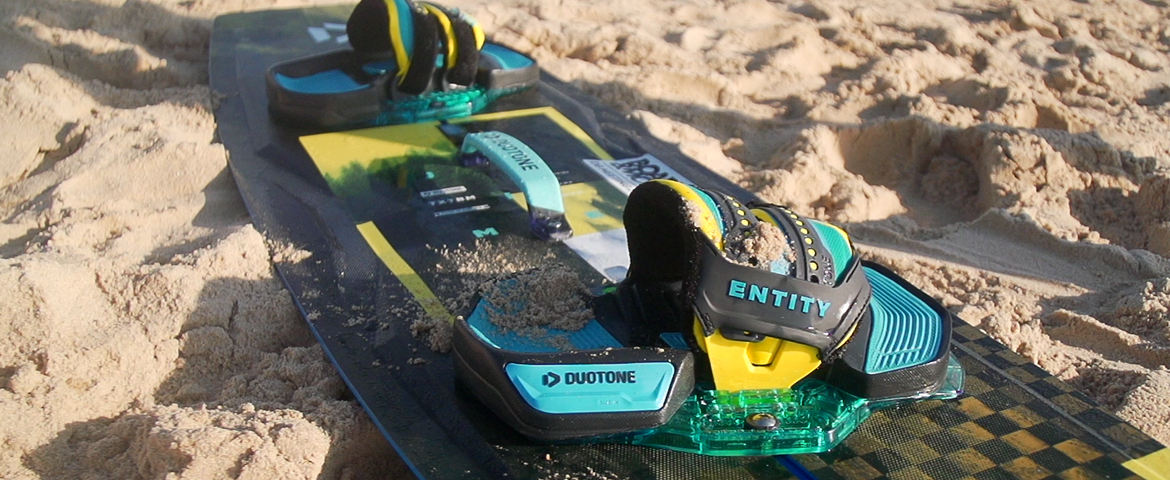
Overview
In my opinion, the Jaime board is the most versatile product in Duotone’s lineup. Not just the Textreme, but the regular Jaime as well. These boards are still beginner-friendly, yet have a strong appeal to advanced freestyle riders or someone who likes to go big. The Textreme is simply the carbon version of the Jaime, and it’s hands-down my favorite carbon board that I have had the chance to ride. It’s much more forgiving and damp than average carbon boards, which tend to be too stiff or hard on the knees. These boards are fast, super light, and very playful, all while being incredibly responsive and controlled.
The difference between the materials is a carbon composite webbing in the Jaime, versus the Textreme carbon which creates a lighter, stiffer, faster ride. The carbon web, new for 2020, is a really big step in their standard twintip designs, offering a much lighter, more durable board, with more torsional stiffness for edging and popping at a lower price point. One important thing to note with this board is that the Textreme version is strictly for straps. If you are looking to boot up, then you should go with the Jaime or more of a rockered, wakestyle board. As always, Versus is an open forum. This isn't just about what Rygo or I have to say. It’s about what we all have to say. If you ride these boards, we’d love to hear your thoughts. Leave a comment and let us know what you think!
 Blake Olsen
Blake Olsen
A Michigan boy through and through (even though he was born in Saudi Arabia), Blake is a youth with a lifetime of experiences and adventures. Not only that, he's passionate about sharing his zest for life with others. He is proficient at many fields, including kiteboarding and acting as concierge to any who simply ask. Looking for an adventure? Well, Blake is your guy. From sailing the Gulf and the Caribbean to backpacking Hawaii and Southeast Asia, he knows his stuff and can make your vacation into an adventure.
Webpage: BlakeTheOlsen.com
Instagram: @BlakeTheOlsen
Recent Posts
-
Kiteboarding | Crafting the Harlem Force Kite with Sustainability and Performance
Unparalleled Performance Meets Unmatched Sustainability The kiteboarding industry is on …24th Apr 2024 -
Duotone Ventis 2025 | What's New?
If you're familiar with Duotone's Ventis, you know its specialty is freeriding in light wind …23rd Apr 2024 -
Duotone Ventis D/LAB 2025 Overview
If you ride in an area with multiple light wind days and need a wing that'll let you get o …23rd Apr 2024



